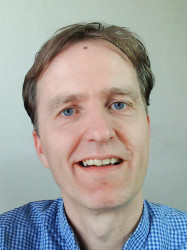BibTex format
@article{Pan:2022:10.1002/fld.5090,
author = {Pan, W and Kramer, SC and Piggott, MD and Yu, X},
doi = {10.1002/fld.5090},
journal = {International Journal for Numerical Methods in Fluids},
pages = {1--33},
title = {Modeling landslide generated waves using the discontinuous finite element method},
url = {http://dx.doi.org/10.1002/fld.5090},
volume = {94},
year = {2022}
}

